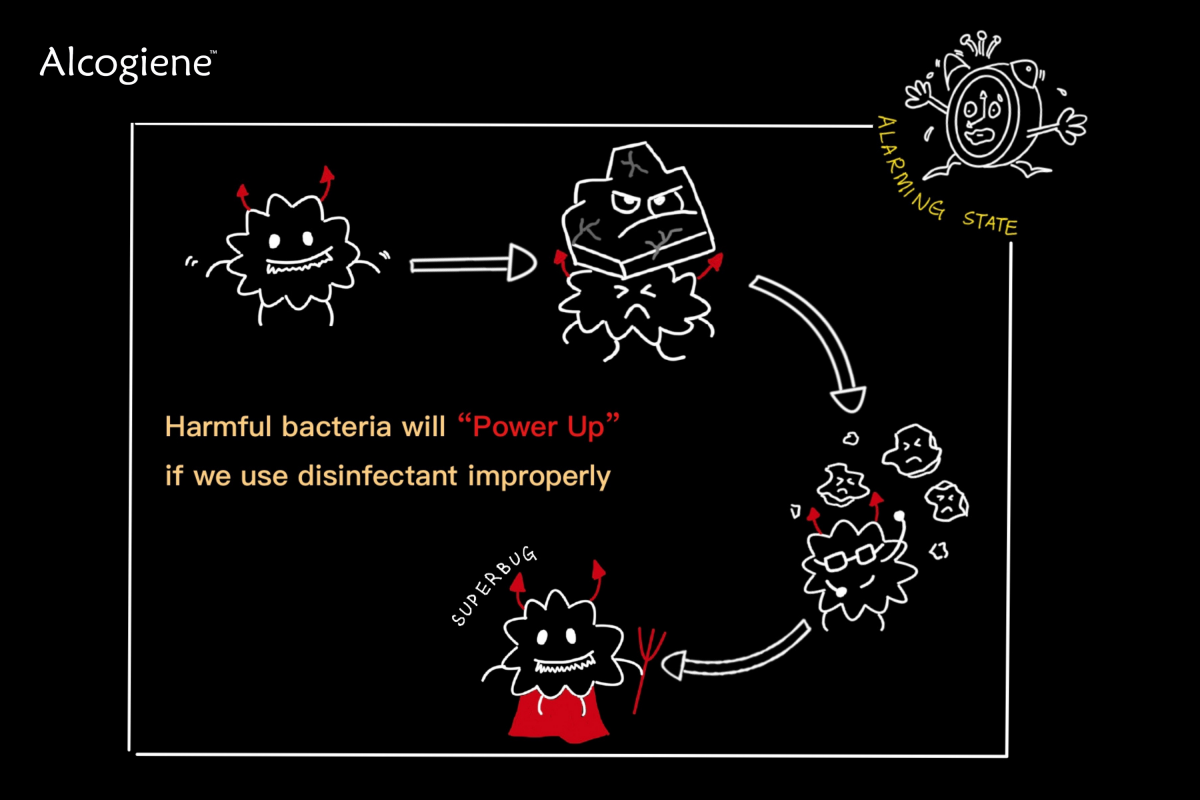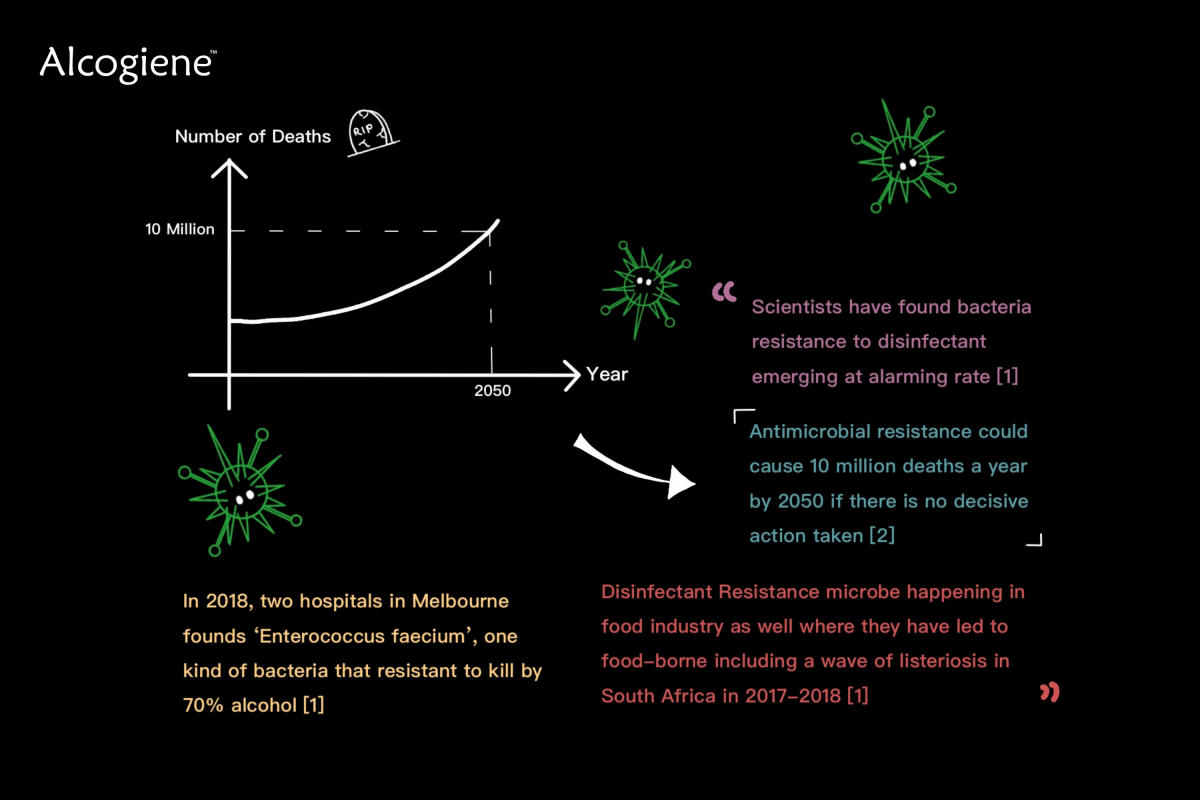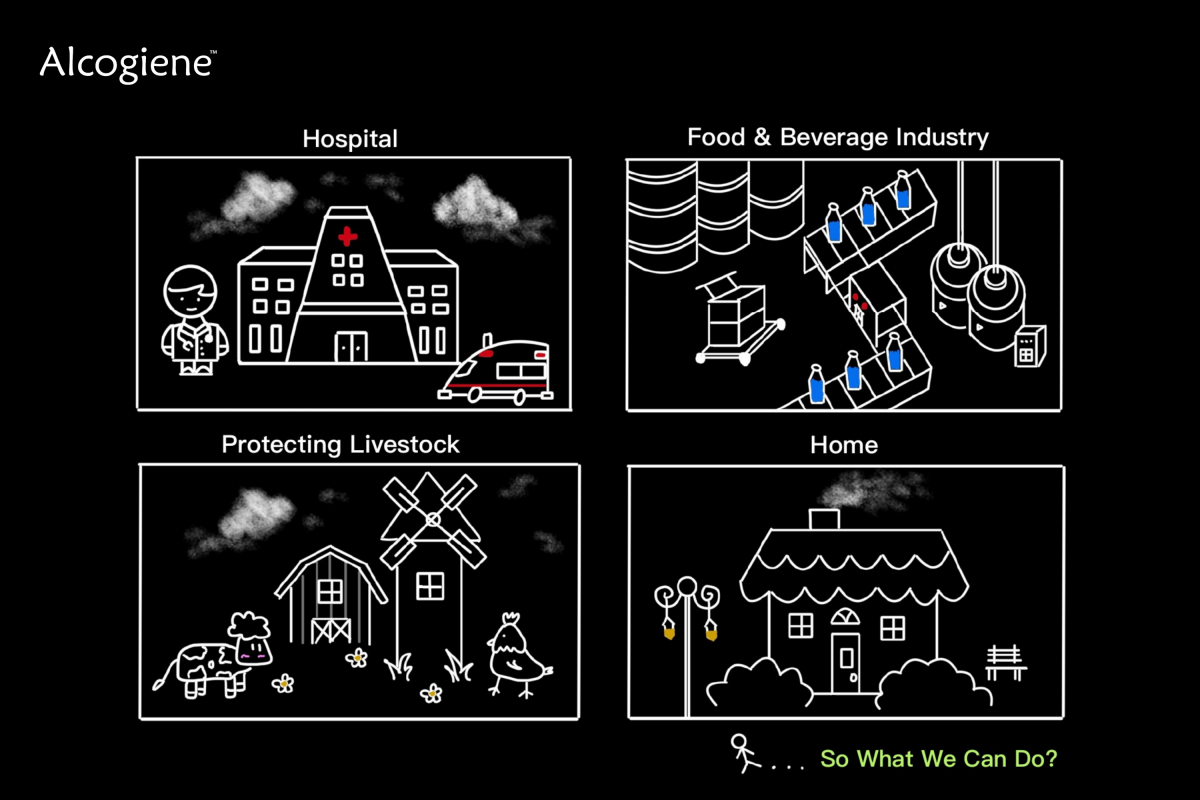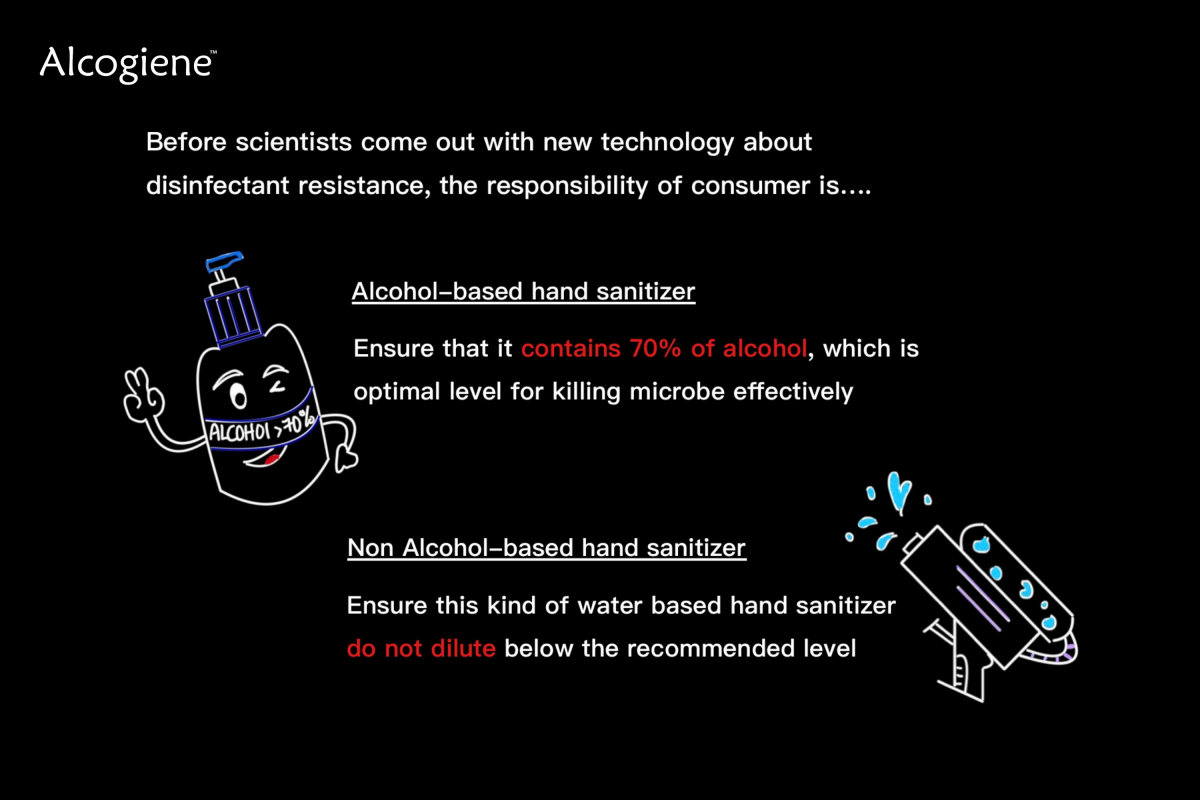
Antimicrobial resistance (AMR) threatens the effective prevention and treatment of an ever-increasing range of infections caused by bacteria, parasites, viruses and fungi.
The campaign, “World Antimicrobial Awareness Week” is run on 18-24 Novemberevery year by the Food and Agriculture Organization of the United Nations (FAO), the World Organisation for Animal Health (OIE) and the World Health Organization (WHO).
How can Microbes gain resistance towards disinfectant? It can be developed by long and consistent exposure to antimicrobial chemicals (disinfectants) which will generate a selective pressure that can drive the emergence of resistance especially with improper dosage and overusage. This raises concern as the world is currently experiencing COVID-19 pandemic and the use of disinfectant has increase drastically.

Statistics have shown that disinfectant resistance is emerging at alarming rate and contribute towards Antimicrobial resistance (AMR). AMR is a global health and development threat and requires urgent multisectoral action.
If no actions are taken, it can cost the world 1.2 trillion USD and may result in 10 million deaths a year by 2050.
(WHO)

It is happening everywhere and we need to improve awareness and understanding of antimicrobial resistance through effective communication, education and training.
To have an effective countermeasure, we need to buy time for scientists and policy makers by reducing infection rate effective sanitation, hygiene and infection prevention measures.

What can we do? As a consumer, it is important to buy quality and certified hand hygiene product. It is also important to follow the direction of use and not to dilute the product as you will drive the emergence of more super bugs (disinfectant resistance microbe)
It is important to reduce infection rate by having good hand hygiene so wash or sanitize your hands frequently!

